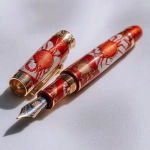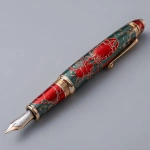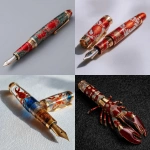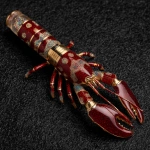Explore the Best AI Image Gallery
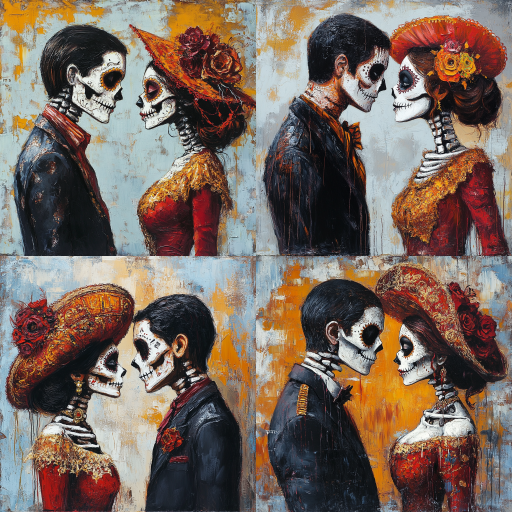
The Future of Graphic Design: Embracing AI as a Creative Partner
The integration of artificial intelligence (AI) into graphic design is not just a trend; it is a transformative force changing how designers create, iterate, and collaborate. As technology advances, AI tools are becoming more sophisticated, enabling designers to explore new creative horizons while streamlining processes and enhancing productivity.
The Impact of AI on the Creative Process
AI is reshaping the landscape of graphic design in several significant ways:
- Automation of Repetitive Tasks: Many routine tasks, such as resizing images, color corrections, and layout adjustments, can be automated using AI tools. This allows designers to focus more on the creative and conceptual aspects of their work.
- Data-Driven Design: AI can analyze user data and trends to create designs tailored to specific audiences, improving engagement and effectiveness. Tools like Adobe Sensei leverage data to suggest design adjustments based on user interactions.
- Inspiration and Ideation: AI can function as a creative partner, generating design ideas based on existing styles or trends. For instance, platforms like DeepArt utilize AI algorithms to create unique artwork inspired by user input.
Potential Uses of AI in Graphic Design
The potential applications of AI in graphic design are vast and varied:
- Logo Design: AI-driven platforms such as Looka and Hatchful allow users to create personalized logos within minutes, featuring designs that can adapt based on preferences.
- Content Creation: Tools like Canva and Snappa incorporate AI to help users generate graphics, social media posts, and marketing materials effortlessly, with presets tailored to specific platforms.
- Image Recognition and Editing: AI can assist in identifying objects within images, allowing for automated and precise edits, which is especially useful in e-commerce photography.
- Personalized Marketing: AI analyzes customer behavior and preferences, helping marketers create personalized advertisements and campaigns that resonate with target demographics.
Ethical Considerations of AI in Design
As we embrace the benefits of AI in graphic design, we must also confront the ethical questions it raises:
- Copyright Issues: With AI-generated designs, questions arise regarding authorship and ownership. If an AI creates a unique design, who holds the rights to that artwork—the designer, the AI programmer, or the AI itself?
- Job Displacement: While AI can increase productivity, there is concern about potential job loss within the industry. Designers may feel threatened by the technology that could replace their skill sets.
- Creative Authenticity: There is a debate about whether AI-generated art can possess the same depth and authenticity as human-created art. The feeling, experience, and emotional depth of human designers can be hard to replicate in machines.
Future Trends in AI and Graphic Design
The future of AI in graphic design appears promising, with several trends set to shape its evolution:
- Collaborative Design: We can expect a rise in tools that facilitate collaboration between designers and AI, where AI-generated ideas can be refined and expanded upon by human creativity.
- Greater Accessibility: As AI tools become more user-friendly and affordable, we anticipate that graphic design will become increasingly accessible to non-designers, empowering more individuals to express their creativity.
- Enhanced Customization: AI will likely lead to even more personalized design experiences, allowing users to quickly create tailored content that meets their unique needs.
- Integration with Augmented Reality (AR): Combining AI with AR has the potential to revolutionize how designs are presented and experienced, particularly in the fields of marketing and advertising.
Conclusion
The landscape of graphic design is evolving rapidly with the advent of AI technology. While there are challenges and ethical considerations to navigate, the potential for collaboration between AI and human designers offers exciting possibilities. As the industry continues to adapt, the relationship between art and technology will profoundly influence not just how designs are made, but also the very nature of creativity itself. The future promises a dynamic partnership that leverages both human insight and AI's expansive computational power to achieve groundbreaking results. Embracing AI as a creative partner rather than a competitor can lead to richer, more diverse demonstrations of human creativity, ultimately pushing the boundaries of what is possible in graphic design.
